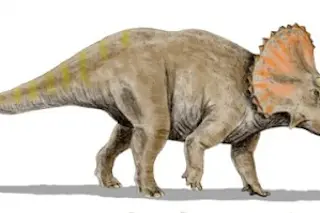On a December morning in 1898, a 25-year-old paleontologist named Barnum Brown trudged through the snow-choked streets of New York City for what he thought would be a routine day at the American Museum of Natural History. But before he could remove his hat, his supervisor, Henry Fairfield Osborn, anxiously summoned him. “Brown,” he said, “I want you to go to Patagonia today with the Princeton expedition . . . to represent the American Museum. The boat leaves at 11; will you go?” “This is short notice,” Brown replied. “But I’ll be on that boat if . . . I [can] go home to pack my personal belongings and arrange for my absence.”
Although he had never been out of the country before, Brown did not return for almost a year and a half. In Patagonia he prospected for fossils largely on his own. On one excursion, he was shipwrecked ...



